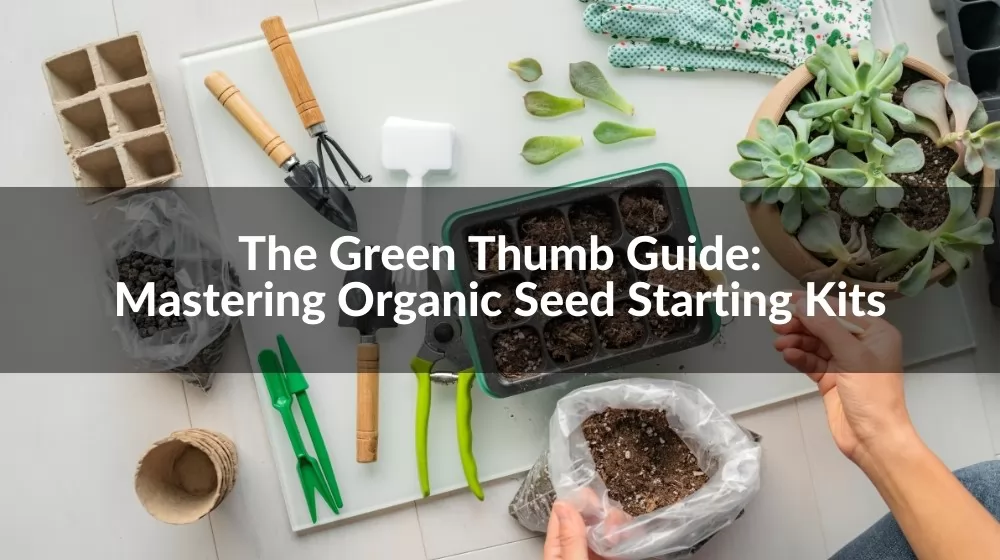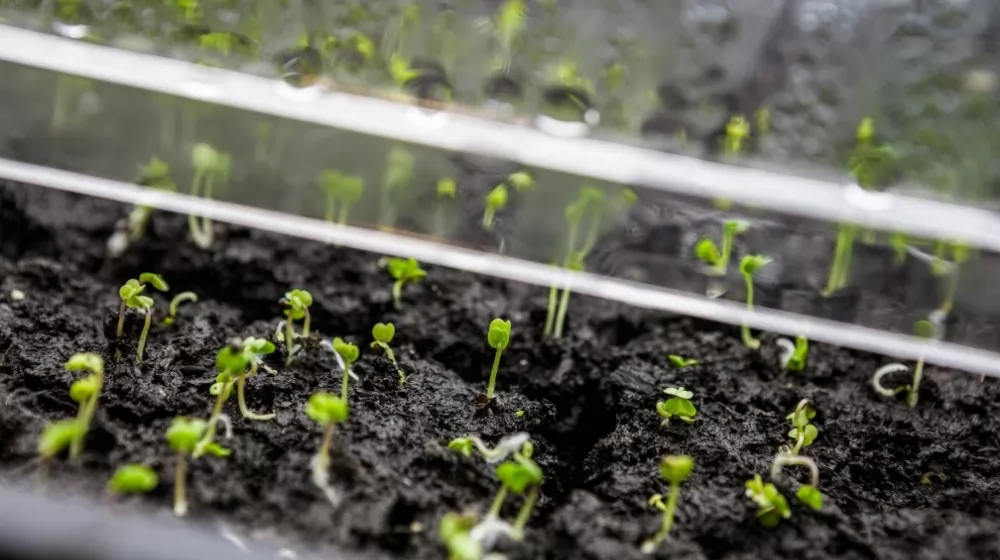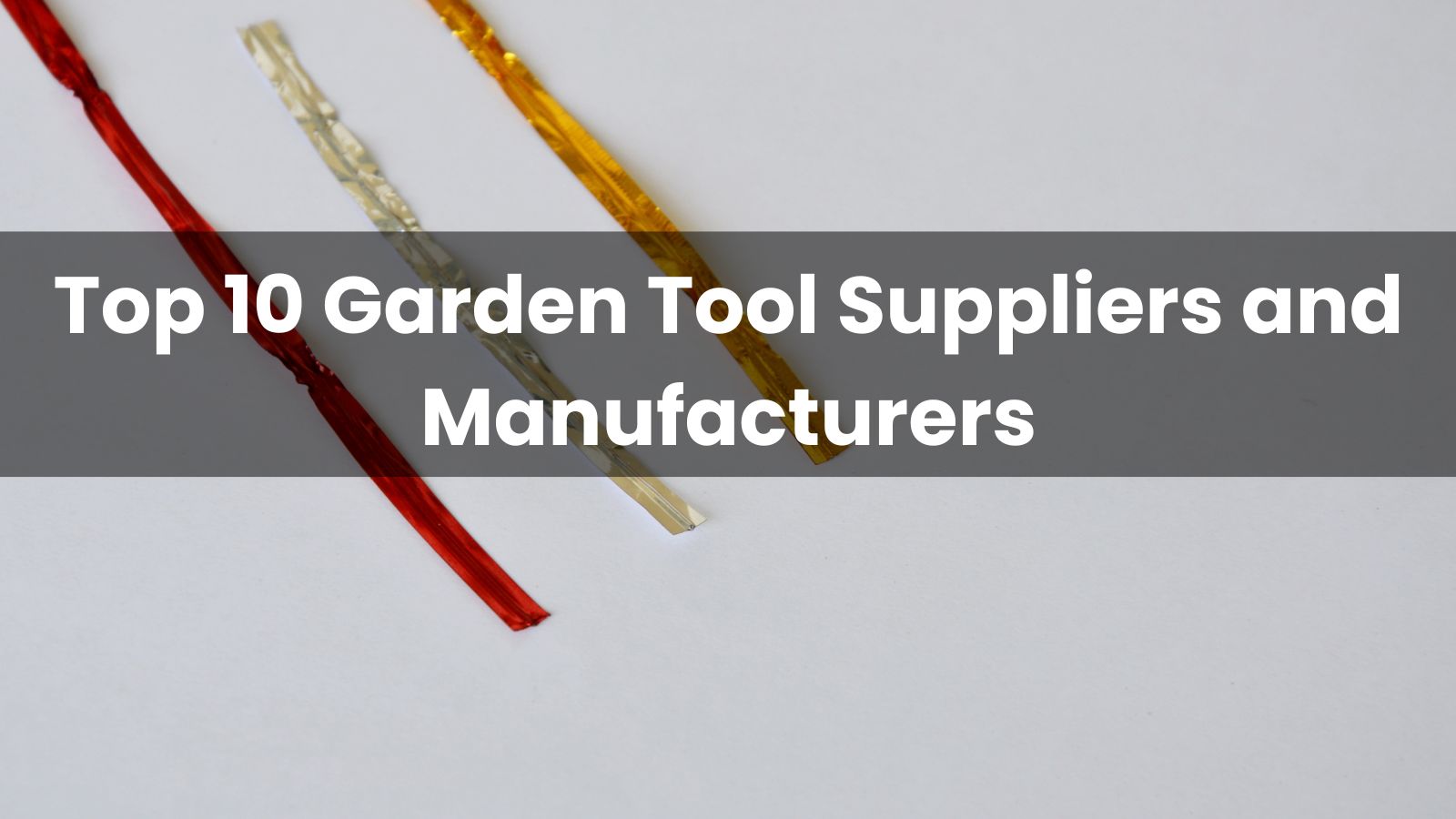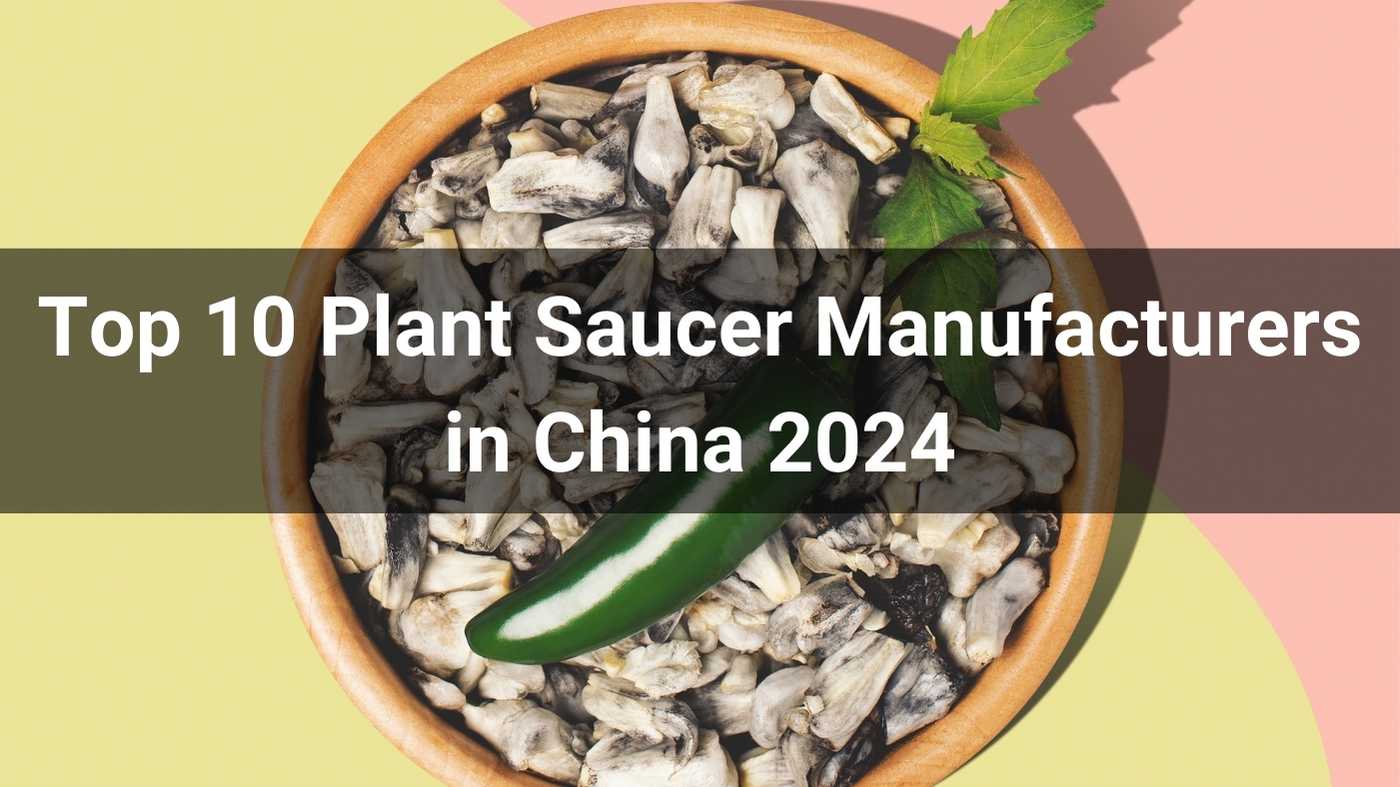
In this comprehensive guide, we delve into the essentials of using Organic Seed Starting Kits to kickstart your gardening journey. Whether you're a seasoned green thumb or just beginning to explore the wonders of plant cultivation, our expert insights on Seed Start Kits will ensure your garden flourishes organically. Discover the secrets of successful seed germination and nurturing, tailored for both hobbyists and professional gardeners alike.
Embarking on a gardening journey begins with the crucial step of seed starting. Seed starter kits are pivotal for garden enthusiasts, providing an ideal environment for seeds to germinate and sprout. These kits typically include containers, growing medium, and often times, nutrients essential for seed development. The importance of using a starter kit lies in its ability to create optimal conditions that may be difficult to replicate in standard outdoor environments, especially for delicate or slow-germinating plants.
In the realm of seed starter kits, the debate often centers around organic versus conventional options. Organic seed starting kits are designed with sustainability in mind, featuring biodegradable pots and organic growing mediums. These kits cater to gardeners who prioritize ecological balance and seek to avoid synthetic additives. On the other hand, conventional seed starter kits might include a wider range of materials, such as plastic trays and non-organic fertilizers. While these may offer convenience and sometimes cost-effectiveness, they might not align with the ethos of gardeners who are committed to organic gardening principles.
It's essential to weigh the pros and cons of each type based on your gardening goals. Whether you're leaning towards organic kits for their environmental benefits or conventional kits for their ease of use, understanding these differences is key to making an informed decision that aligns with your gardening philosophy.

At the heart of organic gardening are organic seeds. These seeds are cultivated without synthetic chemicals or genetically modified organisms (GMOs). Using organic seeds ensures that the entire lifecycle of your plants, from germination to harvest, adheres to organic standards, providing a pure and sustainable gardening experience.
Biodegradable pots and trays are a cornerstone of organic seed starting. Made from materials like peat, cow manure, or paper pulp, these containers decompose naturally, reducing waste and enhancing soil quality when they break down. They're a perfect choice for eco-conscious gardeners looking to minimize their environmental footprint.
Organic growing mediums are free from synthetic fertilizers and pesticides. Options like coconut coir, peat moss, or composted bark provide a nutrient-rich environment for seeds to thrive. These mediums not only support healthy root growth but also maintain moisture balance and aeration, crucial for seed germination.
Proper hydration is vital for seed germination. Watering solutions like misting sprayers or self-watering systems can provide gentle, consistent moisture, crucial for delicate seedlings. These tools help avoid overwatering, ensuring that your organic seeds get just the right amount of water they need to flourish.
Keeping track of what you've planted is made easier with labels and markers. These simple tools are invaluable for organizing your seed starting process, especially when dealing with a variety of plant species. They aid in monitoring the growth and needs of each plant, contributing to a more efficient organic gardening experience.
Growth enhancers like organic fertilizers and natural growth stimulants can give your seeds an extra boost. These organic products enrich the soil, promote healthy root development, and encourage robust plant growth. They're an essential component for gardeners who aim to maximize the health and yield of their organic gardens.
The success of your organic seed starting largely depends on adequate light. Most seeds require substantial amounts of sunlight to germinate effectively. A south-facing window or a spot that receives at least 6-8 hours of direct sunlight is ideal. If natural light is limited, consider using grow lights to provide your seedlings with the necessary energy for growth.
Seeds need a warm and stable environment to germinate. The ideal temperature for most seeds is between 65-75°F (18-24°C). Maintaining a consistent temperature is crucial, so avoid placing your starter kit in areas with drafts or fluctuating temperatures. Humidity is another vital factor. Seedlings thrive in a moist environment, so consider using a humidity dome or tray to keep the moisture levels optimal.
Start by filling your biodegradable pots or trays with a high-quality organic growing medium. The soil should be loose, well-draining, and rich in organic matter. It’s important not to overpack the soil, as this can inhibit root growth and water drainage.
Place your organic seeds at the appropriate depth, which is typically about twice the size of the seed. Ensure proper spacing between seeds to prevent overcrowding, which can lead to competition for light and nutrients, hindering optimal growth. Following the specific spacing recommendations for each plant type is crucial for their development.
After seeding, the initial watering is critical. Water gently to moisten the soil without disturbing the seeds. A spray bottle can be ideal for this purpose, as it provides light and even coverage. The goal is to keep the soil consistently moist, but not waterlogged, to facilitate proper seed germination and growth.

Once your seeds begin to sprout, the next crucial phase is nurturing the seedlings. This stage requires careful attention to ensure your plants grow strong and healthy. Provide consistent light, but avoid direct, harsh sunlight that can damage tender seedlings. Gradually introduce them to more sunlight as they grow. Regularly check the soil moisture and maintain a stable environment to promote healthy growth.
An effective watering and feeding schedule is vital for organic seedlings. Water when the top layer of the soil feels dry, but be cautious not to overwater as this can lead to root rot. Organic seedlings will benefit from a nutrient boost as they grow. Use an organic liquid fertilizer, diluted to half strength, every two weeks or as recommended for the specific plants you are growing. This will provide the essential nutrients they need without the harsh chemicals found in conventional fertilizers.
Regular monitoring of your seedlings’ growth is essential. Keep an eye out for signs of stress, such as yellowing leaves or stunted growth, which can indicate issues with light, water, or nutrients. Adjust your care routine as needed to address these issues. Documenting their progress can be helpful for future reference and to understand the specific needs of each plant species. This attention to detail will help ensure a successful and rewarding organic gardening experience.

One of the primary challenges in organic seed starting is managing pests and diseases without relying on synthetic chemicals. Regular inspection of seedlings for any signs of infestation or illness is crucial. Employ natural remedies such as neem oil or insecticidal soaps for pest control. For diseases, ensure good air circulation and avoid overcrowding to reduce the risk of fungal infections.
Balancing the right amount of water is essential. Overwatering can lead to root rot and fungal diseases, while underwatering can stress the plants. Use a consistent watering schedule and adjust based on the moisture level of the soil and the specific needs of your plants.
Transitioning seedlings from the controlled environment of a starter kit to the garden can be challenging. Gradually expose them to outdoor conditions over a week or two to harden them off. This process helps them adjust to the changes in temperature, light, and wind, reducing transplant shock.
The best time to transplant is when seedlings have developed several true leaves and a strong root system. Handle the seedlings gently during transplanting to avoid damaging the delicate roots. Dig a hole large enough to accommodate the root ball, place the seedling in, and gently firm the soil around it.
Before planting seedlings outdoors, they must be acclimatized to their new environment. Start by placing them outside in a shaded area for a few hours each day, gradually increasing their exposure to sunlight and outdoor temperatures. This process, known as hardening off, typically takes about a week.
After transplanting, provide your seedlings with consistent water, especially in the first few weeks, to help them establish in their new location. Continue using organic methods for pest and disease control, and apply a layer of organic mulch to conserve moisture and suppress weeds.
Effective soil management is key to successful organic gardening. Continuously nurture the soil with organic matter, like compost or well-rotted manure, to maintain its fertility and structure. Regular soil testing can be beneficial to monitor nutrient levels and pH, allowing for adjustments with organic amendments as needed. This practice ensures a healthy growing medium for your plants, contributing to their overall health and productivity.
Remember, organic gardening is a journey that requires patience, attention, and care. Embracing these challenges and learning from them will not only make you a better gardener but will also contribute to a more sustainable and environmentally friendly gardening practice.
For optimal organic gardening, understanding the use of organic fertilizers and pesticides is crucial. Organic fertilizers, derived from natural sources like bone meal, fish emulsion, or compost, release nutrients slowly, improving soil health over time. When it comes to pesticides, natural options such as neem oil, diatomaceous earth, or homemade remedies like soap sprays can effectively control pests without harming the environment. Always apply these treatments judiciously and according to the specific needs of your plants.
Gardening techniques can vary significantly between summer and winter. In summer, your main focus should be on managing heat and ensuring adequate hydration. Utilize mulching to retain soil moisture and protect roots from extreme heat. In contrast, winter gardening often involves starting seeds indoors or using cold frames and greenhouses to protect plants from frost. Selecting the right plants for each season is also critical for success.
The choice between starting seeds indoors or outdoors depends on several factors including climate, space, and the type of plants you're growing. Indoor seed starting allows for greater control over temperature and humidity, essential for delicate or slow-germinating seeds. Outdoor seed starting, on the other hand, is more straightforward and can be more suitable for hardy, fast-growing plants. Consider the specific needs of your seeds and your available resources when deciding the best approach.
These advanced tips and tricks are designed to enhance your organic gardening journey, helping you to achieve better results and enjoy a more fruitful harvest. With the right knowledge and techniques, you can navigate the challenges of organic gardening with confidence.

Selecting the right organic seed starting kit is a crucial step in your gardening journey. The ideal kit will not only align with your environmental values but also cater to the specific needs of your plants. Here are some factors to consider:
Remember, the best organic seed starting kit is one that supports the healthy growth of your plants while adhering to organic gardening principles. Take your time to research and choose a kit that best suits your gardening goals and environment.
With the right organic seed starting kit, you're well on your way to a successful and sustainable gardening adventure. Happy planting!
As we wrap up this green-thumb journey, remember that the key to a thriving organic garden lies in starting with the right foundation. Linkwin, China's leading manufacturer of Organic Seed Starting Kits, offers a range of high-quality products to ensure your gardening success. Explore their extensive collection at www.agriculturaltool.com and embark on an organic gardening adventure that yields remarkable results. Happy organic gardening!
For beginners, the best organic seeds are those that are easy to grow and resilient. Some popular choices include lettuce, radishes, spinach, snap peas, and cherry tomatoes. These seeds typically require minimal care and are forgiving to common gardening mistakes, making them ideal for those new to organic gardening.
The germination time for organic seeds varies based on the plant species. Generally, most organic seeds germinate within 5 to 10 days under optimal conditions. However, some seeds may take longer, up to a few weeks, especially those of certain perennials or slow-germinating vegetables.
Yes, many components of organic seed starter kits can be reused, especially if they are made from durable materials. Containers and trays can be cleaned and used for new seed batches. However, it's recommended to refresh the organic growing medium to ensure optimal nutrient content and soil structure for new seeds.
In organic gardening, pests can be managed through natural means such as introducing beneficial insects, using neem oil, or applying homemade solutions like soap and water sprays. Physical barriers, such as row covers, can also be effective. Maintaining a healthy, diverse garden ecosystem is key to naturally reducing pest populations.
For gardening in small spaces, utilize vertical gardening techniques, choose compact plant varieties, and make the most of containers and hanging baskets. Ensure adequate sunlight and ventilation, and focus on plants that can be harvested repeatedly. Companion planting can also be beneficial in maximizing the use of limited space.











We use cookies to make the website work, to provide advanced features, social media and traffic analysis, and we use analytics and third-party advertising cookies. If you choose to click "Deny All", you will retain the default setting of not allowing the use of cookies or other tracking tools other than technical tools.

